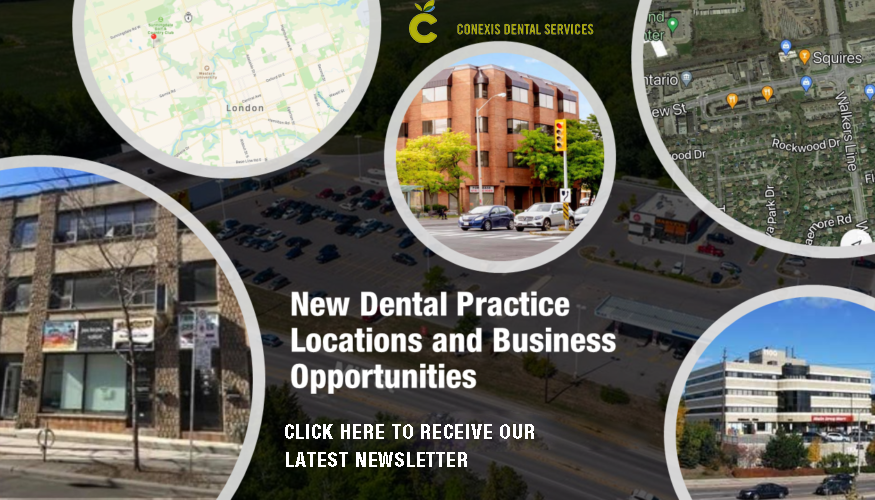Uncategorized
How Successful is Peri-Implantitis Treatment?
METHODS:
A retrospective study on 382 implants with peri-implantitis in 150 patients. Peri-implantitis was defined as pockets ≥ 5 mm, bleeding on probing or suppuration, and the presence of radiographic bone loss ≥ 3 mm or at least three threads of the implant.
RESULTS:
The mean time between implant installation and peri-implantitis was 6.4 years. Periodontal flap surgery was the most common treatment and was performed in 47% of cases. Regenerative treatment was the treatment choice in 20% of cases. Successful treatment was defined as absence of bleeding on probing and/or suppuration and a probing depth of < 4 mm and this was achieved in 69% of patients and for 82% of implants with a mean follow-up time of 26 ± 20 months.
CONCLUSIONS:
High success rates for peri-implantitis treatment with a mean follow up of ≈ 2 years. Therapy was less successful for patients with severe periodontitis, severe mean marginal bone loss around the implants, poor oral hygiene, and low compliance.
FOR MORE INFORMATION PLEASE REFER TO:
Treatment Outcome in Patients With Peri-Implantitis in a Periodontal Clinic: A Retrospective Study
Maria Lagervall and Leif E. Jansson
Journal of Periodontology
October 2013, Vol. 84, No. 10


